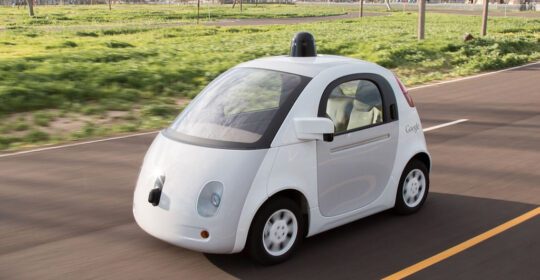
When two or more cars get into an accident, the driver who was at fault will use their personal insurance policy to cover the property and bodily damages that occur to the victim. Both vehicles were being driven by a person who was controlling the steering wheel, gas/brake pedal, and the general movement of the car. With the advent of the autonomous driving vehicles, the situation becomes sticky.
Two vehicles are driving along a road, one vehicle is driven by a person, and the other vehicle is a self-driving car. The self-driving car is the cause of the accident and runs into the other vehicle. The question that comes to mind for drivers and insurance carriers alike is if no one is actually driving the car, then who is liable for the victim? Is it the person who is in the self-driving car? Even though they are not touching the steering wheel, gas/brake pedal, or controlling the movement beyond putting in a destination? Is it the manufacturer of the self-driving car? Would an investigation need to be conducted to determine where the vehicle went wrong?
With no-fault insurance, there is no need to determine who caused the accident. This type of insurance might become more prevalent as the number of self-driving cars increases. It is speculated that in the next 20 years, self-driving cars might overtake traditional cars as the majority vehicle on the road. Another interesting thought is whether the technology with self-driving cars would greatly reduce or eliminate the number of minor accidents that occur on the roadways. This, in and of itself, could change the face of insurance laws and policies moving forward.
With technological advances also comes the unexpected. This could be in the form of new types of accidents. Accidents where people (other drivers or pedestrians) come to rely too much on the self-driving concept and engage in riskier behavior because the “other car will stop.” Any of these changes will affect how insurance companies look at policies and how states and governments look at the driving laws. If the laws vary from state to state, then this will need to be taken into account as self-driving cars cross state lines.
There are many considerations that need to be addressed as the driving landscape changes from traditional driving to self-driving choices. No-fault insurance might make more sense when there is no actual driver of the vehicle. This takes the concept of who is at fault out of the question. Then as certain accidents decrease and new types of accidents occur, the insurance laws will need to be adjusted to reflect what is happening on the roadways. For more information on the potential impact of autonomous cars, you can check out the report written by Rand Corporation here.
Leave a reply →